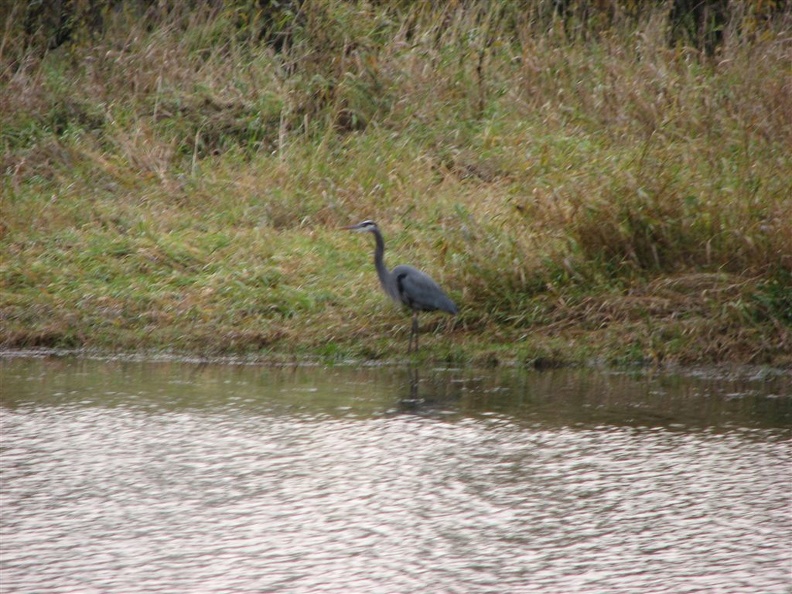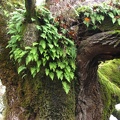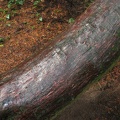7/30

aao
- Autor
- Steve Jones
- Utworzone
- czwartek 20 listopad 2008
- Umieszczono
- czwartek 2 czerwiec 2016
- Odwiedzin
- 1332
- Ocena
- nieoceniane
- Oceń to zdjęcie
- Make
- Canon
- Model
- Canon PowerShot S3 IS
- DateTimeOriginal
- 2008:11:20 16:32:29
- ApertureFNumber
- f/3.5

